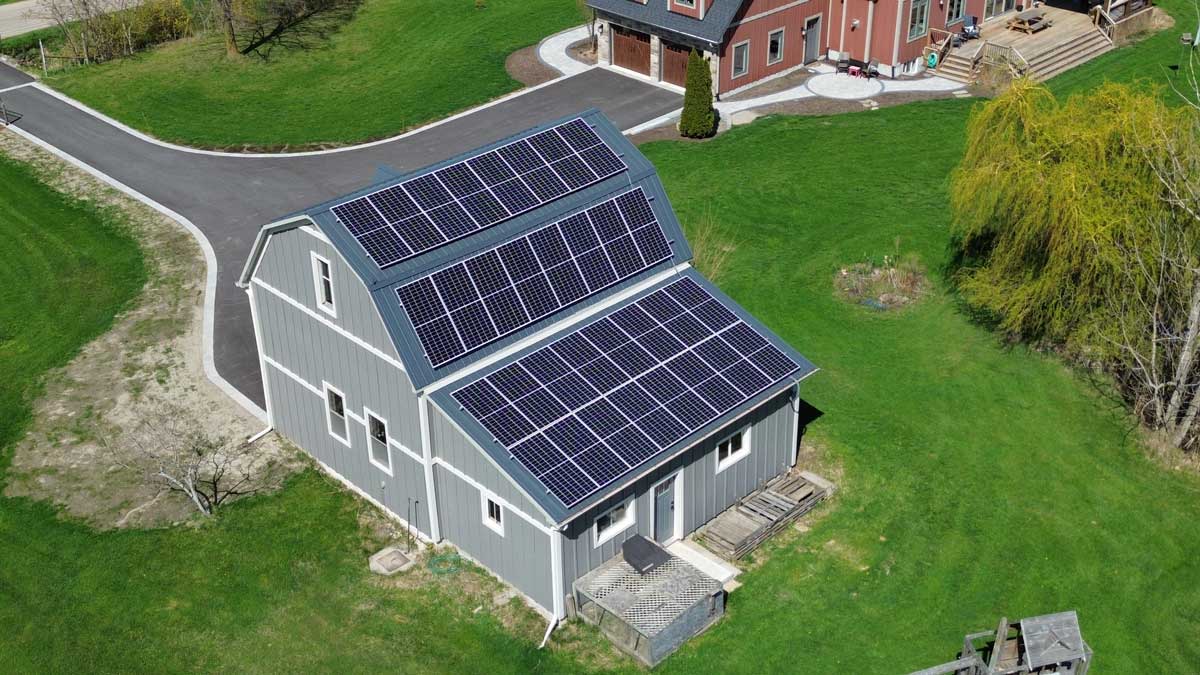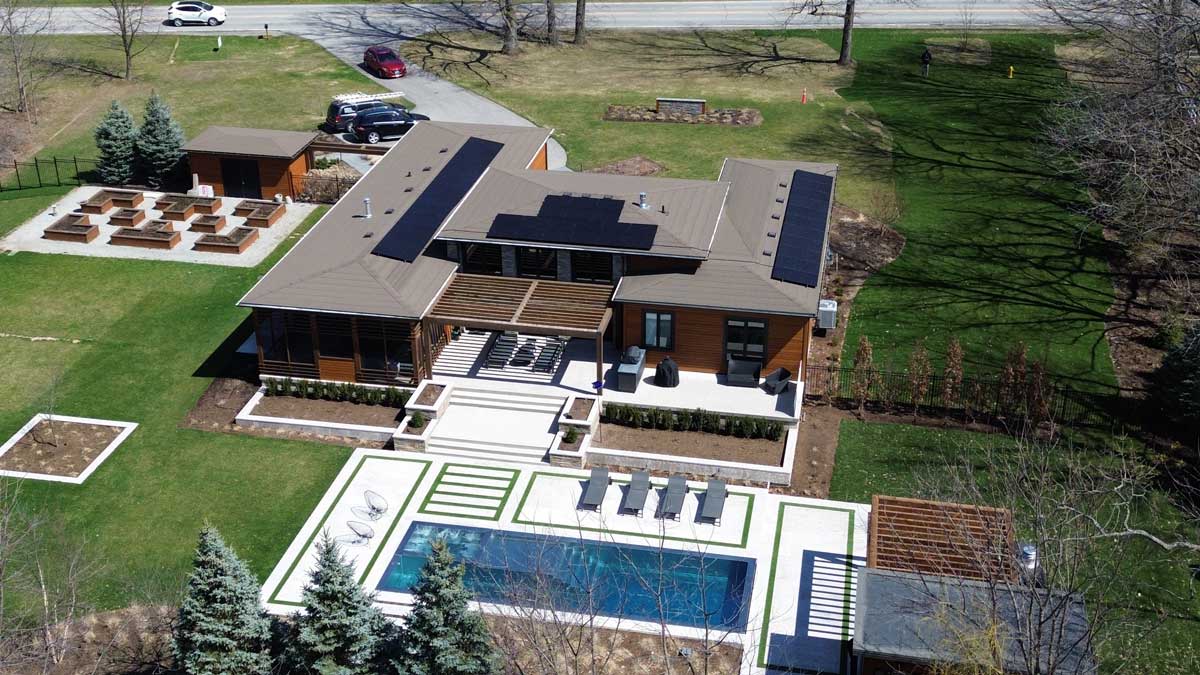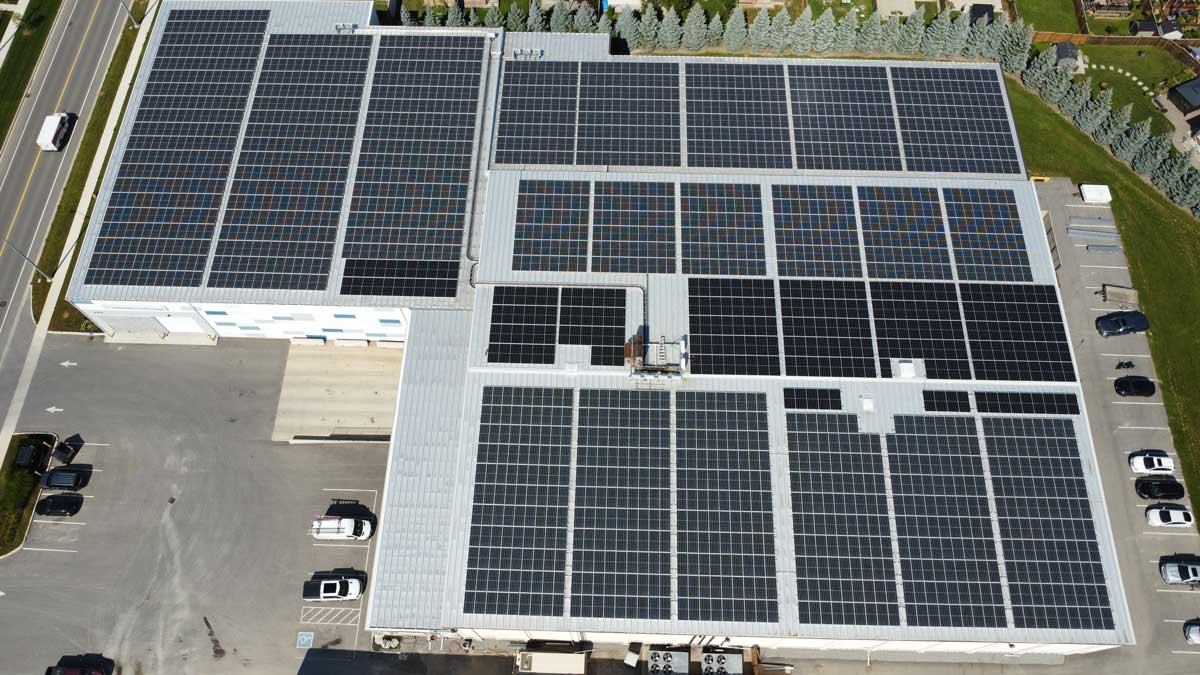Why Go Solar on the Farm?
- Offset electricity costs for barns, pumps, and equipment
- Gain long-term savings and energy independence
- Qualify for farm-specific tax benefits and grants
- Add backup power with battery storage
- Operate sustainably and reduce environmental impact
Why Invest in Agricultural Solar?
- Lower long-term operating costs
- Lock in energy pricing and reduce risk
- Improve ESG performance and sustainability image
- Access tax incentives and accelerated depreciation
- Add energy resilience with battery backup systems
What’s Included in Our Agricultural Solutions
Whether you’re looking to go fully grid-tied, add battery backup, or power a rural property, we offer complete turnkey solutions using the following steps:
1. Electricity usage analysis
- A study of the electricity bills will indicate what the property uses annually. This will indicate the size of the system required to meet the properties needs or project goals.
2. Initial panel layout and costing proposal.
- The roof is measured allowing for an initial panel layout. This will indicate how much solar can fit on the roof.
- Based on the system size, a rough costing proposal can be used to give the customer an idea of the project's costs. Further costs revisions will be required as the process continues.
3. Capacity application to the local utility and connection impact assessment
- A grid capacity check is required to see if the project can go forward or not.This is not an official permission to connect. If there is capacity, anapplication to connect is submitted.
- The local utility will provide a list of required submissions to be granted a full permission to connect. To do this, electrical engineers will do an in-depth review of the site and what equipment is required for the project.
- The electrical engineers will prepare a connection impact assessment (CIA) to be submitted. The local utility can take 2 months or so to review. The returned CIA and will issue a list of requirements for the system
4. Full costing proposal
- A full proposal is submitted to the customer
5. Building permits
- Structural review and permit submission
6. Equipment procurement
- Depending on the size of the project, the electrical equipment can have significant lead times
7. Installation
- Roof top systems move quickly and can be installed with in a few weeks (depending on the size)
8. Commissioning the system
- Roof top systems move quickly and can be installed with in a few weeks (depending on the size)
Farm Energy Storage Options
Add solar batteries to:
- Power off-grid or remote areas
- Maintain backup supply for critical operations
- Store energy for time-of-use savings
Incentives & Farm Tax Benefits
Eligible programs may include:
- Net metering for rural utilities
- Capital Cost Allowance (CCA)
- Zero Export Incentive Program
- Agri-specific grants and subsidies
Explore incentives →
Where We Work
We support farms throughout:
Niagara Region, Hamilton, Grimsby, Pelham, Lincoln, Dunnville, and rural areas across Southern Ontario.
Schedule a farm system consult →



